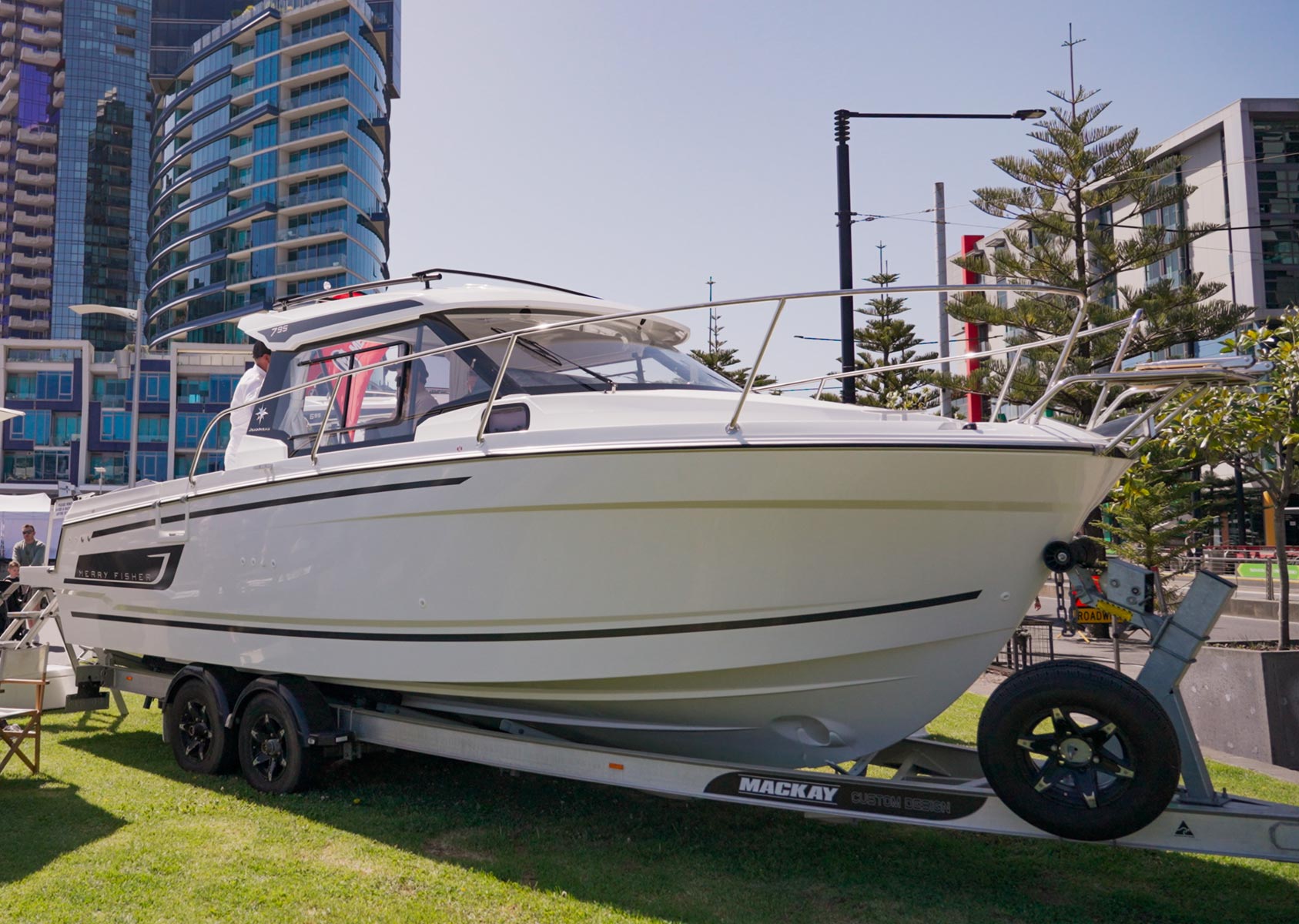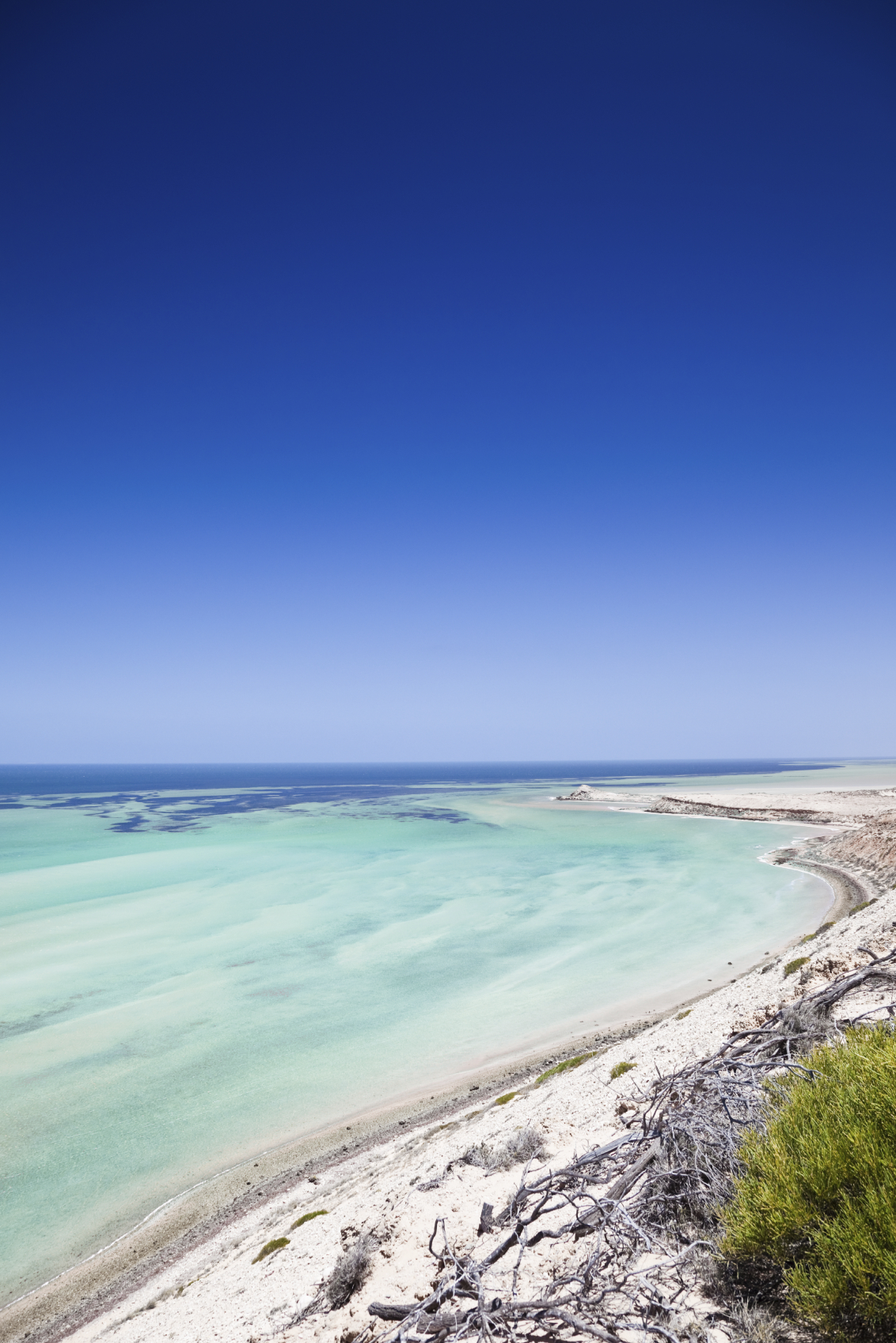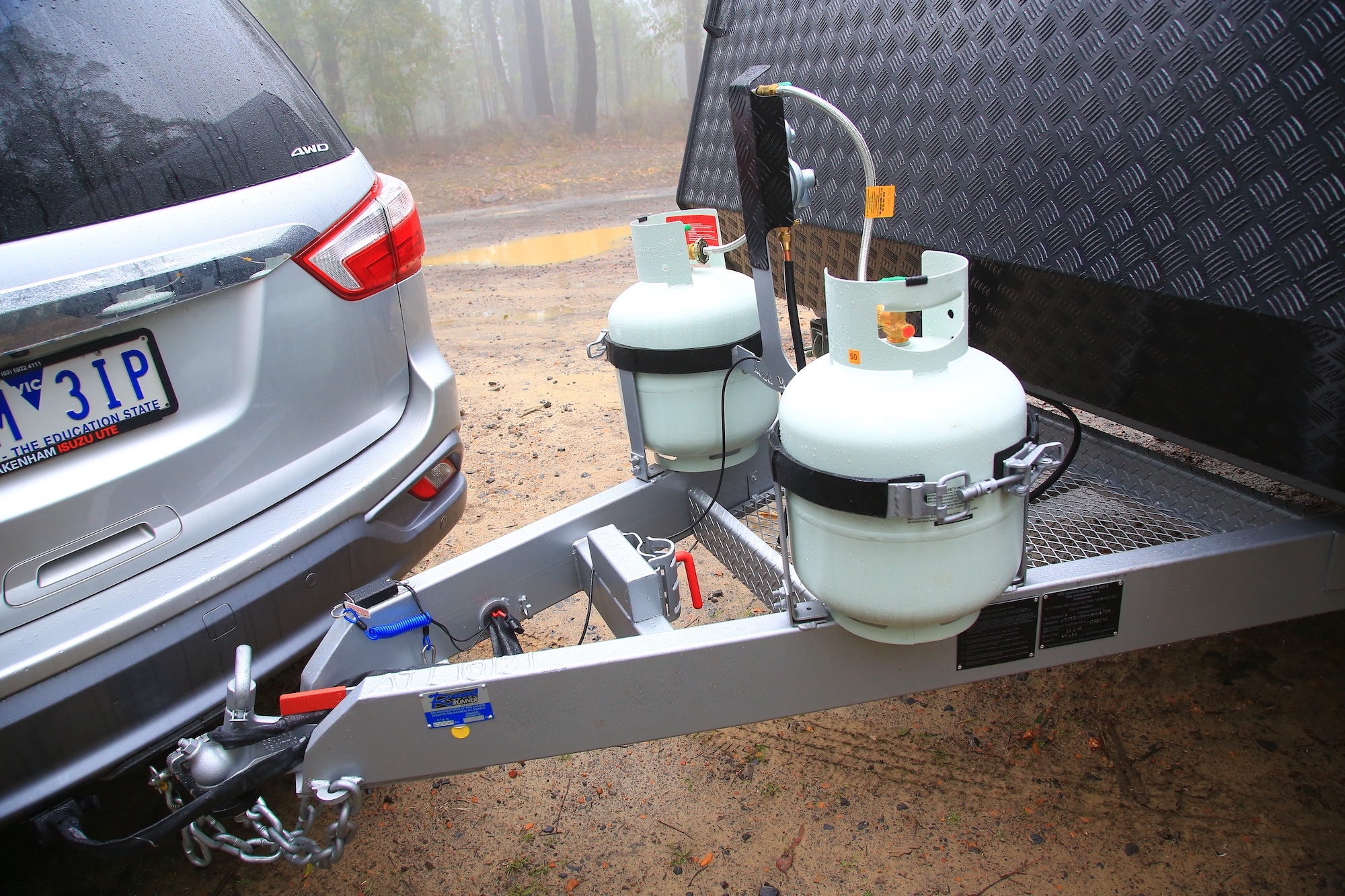Learn how to reach hard-to-get-to places with your trailer boat and how suspension can make all the difference.
With 7.688 million square kilometres of land and approximately 12,000 beaches and 439 rivers, Australia is a massive country with countless destinations to take your boat. This huge landmass is made of many different terrains on which towing can be challenging. Taking your boat to a secluded beach or tributary often means traversing unsealed roads with corrugations and little support and wriggle room. To ensure your boat makes it to your destination in one piece and that you and your loved ones have a smooth ride, an offroad boat trailer is necessary.
Offroad boat trailers differ from regular boat trailers in the sense that they have offroad suspension which absorbs a lot of the vibrations often resulting from poor roads/tracks. Having a weak or unsatisfactory trailer can damage your boat and cause a world of pain — imagine spending days to get to your destination only to find out you’ve smashed up your boat!
If you’re a keen angler, some of Australia’s best fishing spots are in very remote places and require an offroad trailer coupled with the appropriate suspension. Key considerations for a 4WD boat trailer include something light, easy to move and big/stable enough to take out even when choppy. Ideally, you should be able to take your offroad trailer anywhere you take your 4WD, including some hard-to-reach places like Steep Point and the rough tracks around Kalbarri’s Murchison House Station in WA, and Cape York in Far North Queensland.
Quality suspension for offroad use
Your offroad boat trailer needs to be tough enough that it is going to protect your boat while not falling apart. The most critical component to achieve this is quality suspension, which needs to absorb the bumps and corrugations as much as possible, so your boat doesn’t take the brunt of the shock. Trailer suspension is the flexible connection between the trailer frame and the axle — and is usually made up of springs, airbags, rubber globs or a combination of these.
Usually, the best type of suspension for offroad trailers is any form of independent suspension, whereas slipper leaf springs are not recommended for offroad use due to their rigidness. The reason independent suspension is favourable for offroad boat trailers is because you can control each wheel’s suspension individually and each wheel is not disturbed by the activities of the other wheels on the trailer. Independent trailing arm setups are robust and best used for this application but it’s important to keep an eye on bushes which can wear out, as well as alignment which will show as uneven tyre wear.
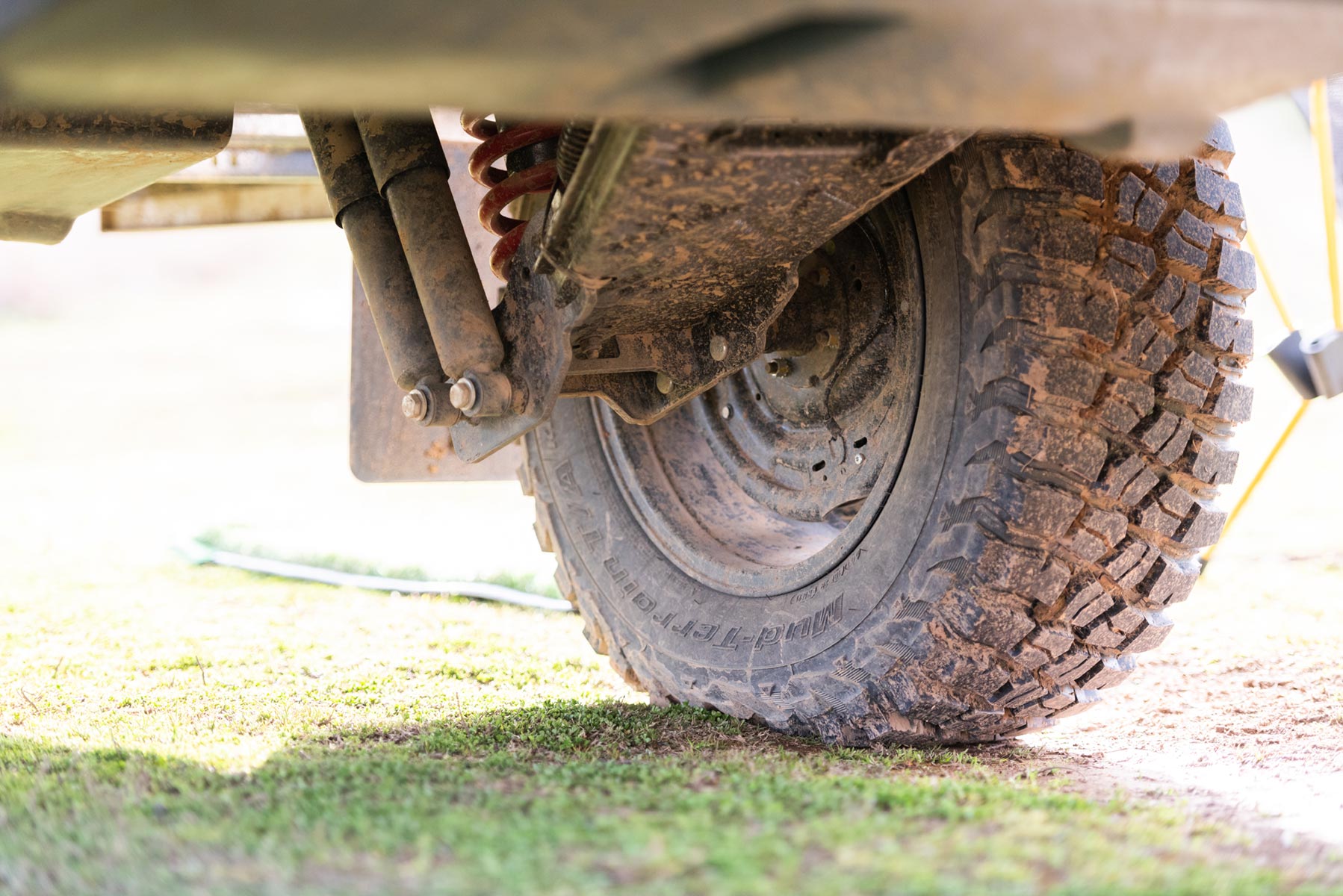
With varying types of boat trailer suspensions to choose from, we can help narrow down that choice for you. Our newest suspension system for boats/caravans, the AL-KO Enduro X, is designed to ensure next-generation performance and handling in unpredictable offroad conditions. The system uses exclusive innovative technology and a lightweight construction which results in improved handling while maintaining strength. The system features premium AL-KO shock absorbers with upgraded metal casing and a premium Black eCoat to ensure rust and chip resistance — which is critical on a boat trailer.
Trailer body/main chassis
After establishing that you have the right suspension on board your trailer, it needs keel support so that a majority of the weight of the boat is supported by the keel on the hull. It’s important that your boat’s weight is almost entirely on the hull and spread over a larger contact patch of rollers. On par with this is ensuring you have a strong chassis and drawbar as this is the main part of your trailer on which everything is built and needs to be strong enough to support the whole ensemble and heavy load.
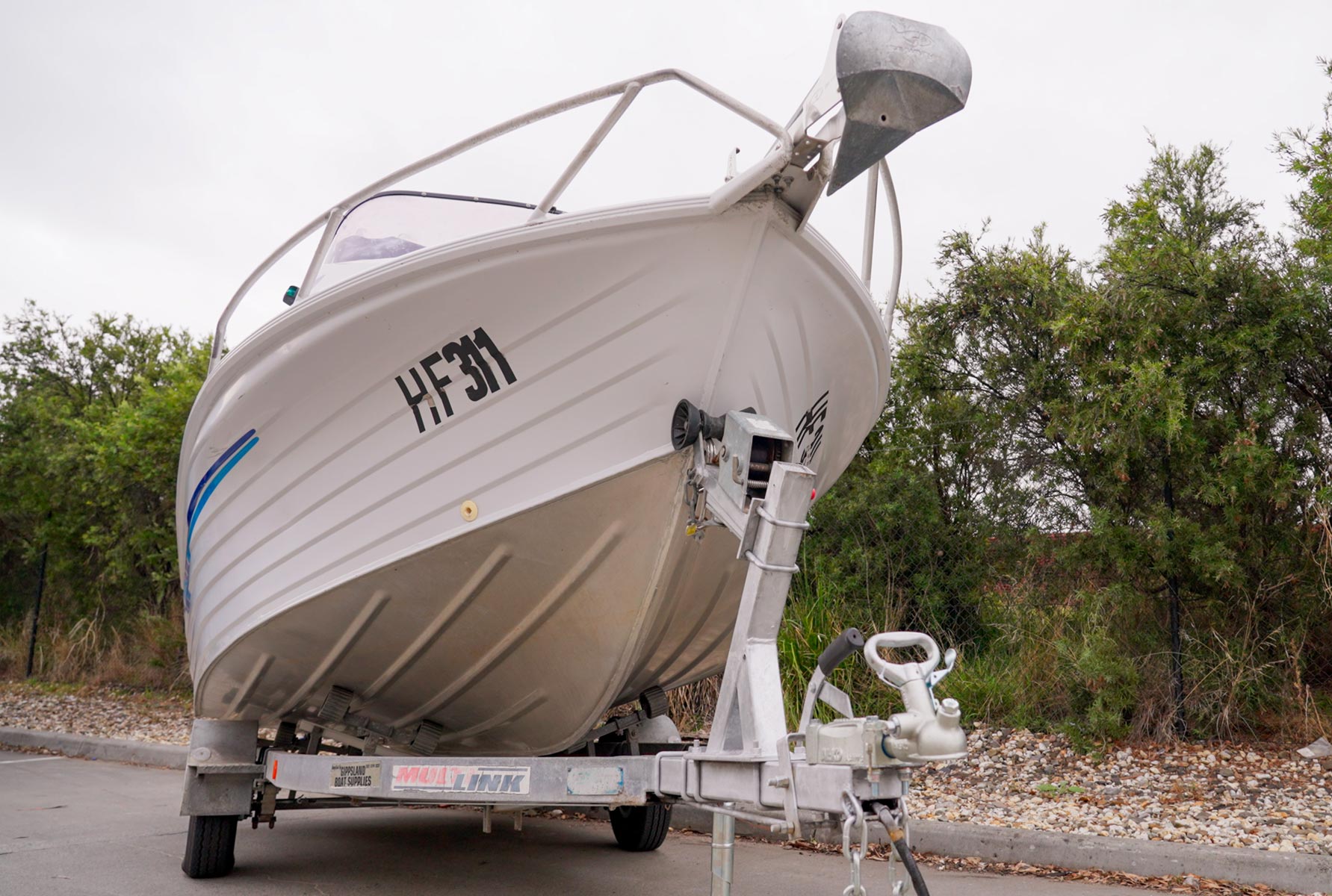
Another important requirement is quality slides — the slides on the trailer should be strong and stop the boat from rocking and moving … they’re not there to take the weight of the boat. When going offroad, it’s favourable to have non-adjustable slides as adjustable slides are more likely to move when on rough roads.
The ground clearance under the trailer’s axle is also important and should be similar to the clearance under your tow vehicle. You should also consider the entry and departure angles depending on where you are planning on driving, however, remember that the higher the boat sits, the harder it will be to launch.
When considering the tie-down points for your unit, it’s recommended to use light-duty ratchet straps or weld down several tie-down points on either side of the chassis. Your boat should be firmly on the trailer but not pulled down with so much pressure that you damage the hull over rough roads. Ideally, your boat should not be able to move up or down at all.
Winch and mounting points
The winch plays a vital role when towing your boat as it keeps the boat in position on your trailer — ultimately, this is the only thing that stops the boat moving forwards and backwards and should be done right. A broken winch strap can result in a number of accidents affecting you and others on the road. Due to their constant exposure to the elements, winch straps are liable to degrade quickly and should be checked regularly. A good way to tell if your winch strap is weak or should be replaced is colour fasting as UV damage ruins the integrity of the winch.
A quality coupling is an important element of any boat trailer, which brings us to the AL-KO Off-Road Ball Coupling. This coupling came into existence due to the insufficient articulation provided by a standard coupling when it came to offroad use. Now many years down the track, our Aussie engineers have incorporated feedback from manufacturers, retailers and caravan/boat owners into a new-generation product that provides further improved ease of use and durability for serious offroad applications. The advanced coupling incorporates extreme vertical and horizontal articulation as well as a quick and easy hitching design that requires no pin or hole alignment.
Tyres and underneath the trailer frame
The main consideration below the trailer chassis is having enough clearance between the top of the tyre and the mudguard, and then between the mudguard and the boat. Having suitable tyres to accommodate this is vital. Big tyres are best because you can let them down hugely and they provide a larger surface area when let down to absorb more of the shocks.
Another important consideration is tyre pressures. The bigger the tyre, the more support it has and therefore the less pressure you need to run. The benefit of this is twofold: the trailer floats nicely on the tracks but it also absorbs a huge amount of the vibrations and bumps through the tyres without needing to use the suspension.
Often when travelling on rough Aussie roads, your mudguards are the first to break. Sheet metal mudguards crack easily over vibrations and will let go very quickly. It’s therefore a good idea to install a stainless-steel flat bar to support the mudguards. There are a few different ways to do this, and they often require a bit of DIY action.
When it comes to your axle and bearings, a square axle and parallel bearings are recommended.
Weight and support
The load capacity of your trailer is something to consider as the amount of weight you put inside the hull can compromise the strength of the trailer — a lot of the time the hull breaks due to people overloading it.
If you have a vessel with an outboard engine, supporting the weight of the engine on the back of your boat is vital. The back of your boat is put under huge strain when it has an outboard hanging off the back and is bouncing up and down. The best way to mitigate this is to travel with the motor trimmed all the way down and a ratchet strap can stop it from bouncing around.
Braking
It goes without saying that the amount of weight you’re towing affects your braking ability. To reiterate, you should always leave excess room in front of you when braking with a boat attached and always apply the brakes gently with plenty of time — not at the last minute which can create an accident.
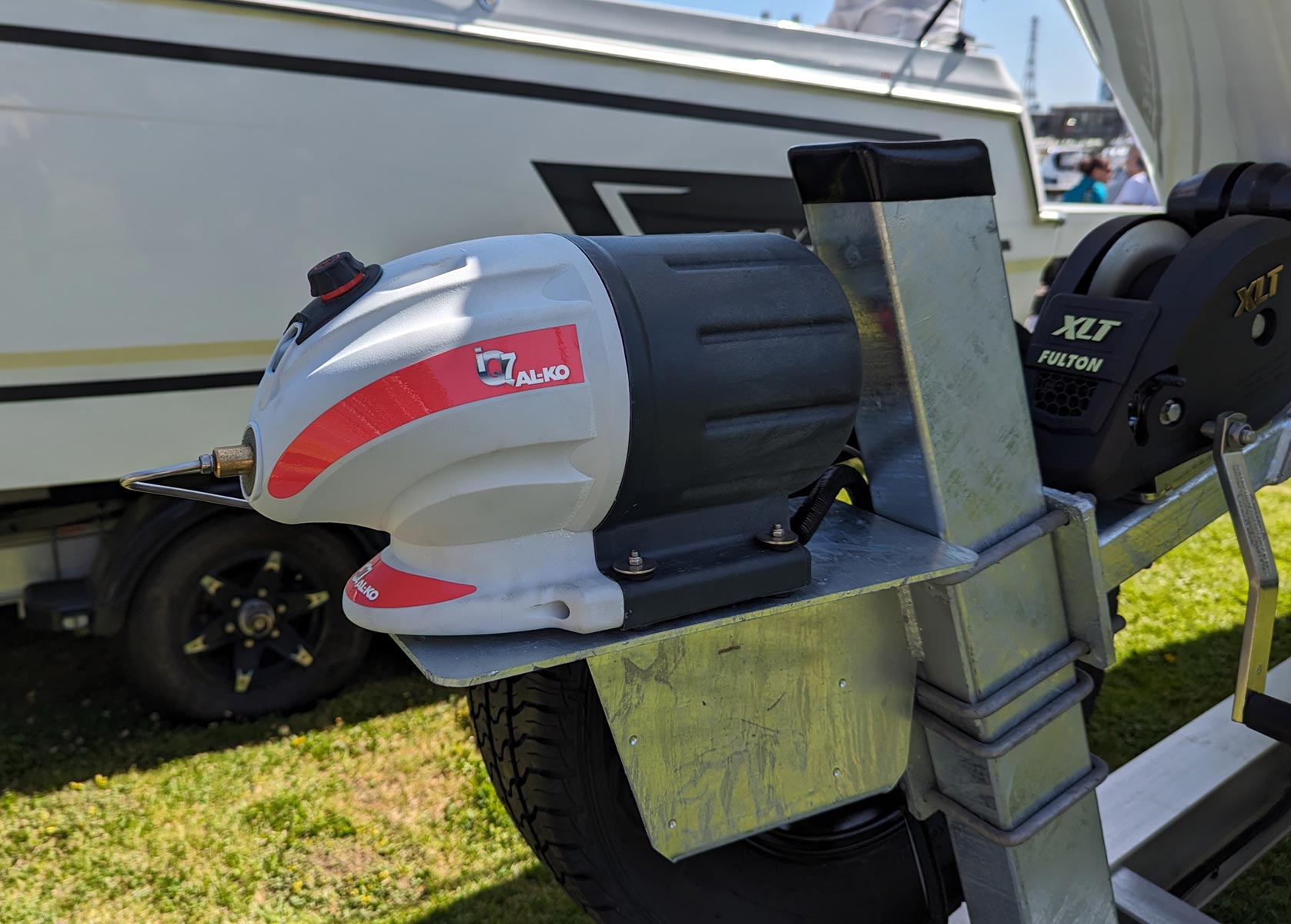
With advancing technology for all sorts of trailer applications, one of our new products combines several features allowing for immediate and reliable brake application. The AL-KO iQ7 stores compressed air within a pressure chamber, allowing immediate brake application the instant it is required. This particular product was designed to significantly improve stopping performance and safety for trailers with hydraulic brakes, especially large boat trailers.
The iQ7 also, importantly, includes inbuilt breakaway technology to stop your trailer if it becomes detached from the tow vehicle — enabling you to meet the legal requirement that all trailers with a loaded weight exceeding 2T (2.5T in New Zealand) must incorporate power-assisted brake application.
We take safety very seriously here at AL-KO and with this in mind have ensured all iQ7s have been equipped with the latest superior computer processor circuit technology for maximum reliability. When it comes to towing a large rig, a microsecond can mean the difference between life and death and having a lagging system is just not acceptable.
An offroad boat trailer allows you to reach so many more incredible places in Australia and the cost and effort to enhance your trailer is quickly forgotten when you reach your first stunningly beautiful destination.

